Floss, Frames, and Hoops: The Tools of the Needlework Artist
My cross stitch technique has changed a lot over time. I grew up in the days before YouTube tutorials and TikTok Lives, so much of what I’ve learned about cross stitching came through trial and error. There are countless resources available online to help beginning stitchers, but I still believe the stitching experience is unique to each individual.
Some stitchers prefer a messy work area with everything within reach, even if they don’t quite remember where they put their embroidery scissors. Others can’t function without a place for every tool and every tool in its place. The key is to understand your own work preferences and stick with them. Cross stitching and embroidery should not be stressful. It’s a hobby and a passion. Let the joy shine through the process.
The most important and potentially messiest part of a needlework project is the floss. Most modern kits come with floss divided onto a card with corresponding numbers and symbols. These match the pattern included in your kit. The better-quality kits also include the DMC thread color number. This is essential if you run out of thread and need to visit your local craft store for an extra skein. You would be surprised how many shades of a color are available. It’s impossible to eyeball the match.
Some lower-quality kits, and many older kits that are no longer in production but can still be found online or in thrift stores, do not come with pre-separated threads. I’ve purchased several kits like this, and it can take a full day to sort the threads into the correct color palette. I vividly recall a Theresa Wentzler kit from about twenty years ago (a kit I adored, by the way) that came with floss in a single bundle. I had to sort the threads and determine the visual difference between brown, light brown, very light brown, tan, dark tan, light tan, warm brown, mocha, and a few other brownish shades. The blues and greens weren’t any easier. Fortunately, most manufacturers now separate the floss onto cards for the stitcher.
If you buy a pattern rather than a kit, you’ll have to purchase the floss yourself and decide how to store it. I find that winding cards and a plastic case with divided compartments work well for me. Because DMC floss colors are standardized by number, I can easily check my boxes to see if I already have the colors I need before I begin a new project.
Perhaps the biggest decision you’ll make is whether you need an embroidery hoop, scroll frame, or another tool to help keep your stitching even and your fabric taut. For hoops, the two main types you’ll find at big-box retailers are plastic or pressed wood. They’re inexpensive and convenient, but they come with a major drawback: quality. Cheap wood hoops often have rough edges that catch on fabric, and their metal hardware may not be strong enough to maintain proper tension. I’ve seen the metal components pull away from the wood more than once. At that point, there’s nothing to do but throw the hoop out and get a new one.
Plastic embroidery hoops are also affordable, but as with wood hoops, quality matters. If the plastic is too thin, you won’t be able to keep tension. If it’s too thick, you won’t be able to lock it into place. They also tend to warp over time and don’t hold up well across multiple projects.
The best solution is to invest in a quality hoop like the ones offered in boutique craft stores like ours. The cost may be slightly higher than what you’d find at a chain store, but you’ll get a tool that lasts through many, many projects. I personally prefer the beechwood hoops we offer at Pisgah Needleworks. The brass hardware is sturdy, and the wood is smooth. Some of my favorite cross stitch kits use linen as the fabric, and I can always count on beechwood hoops to protect the material and make stitching enjoyable.
For larger projects, I prefer a scroll frame. These come in various sizes and are often attached to a stand. The benefit of a scroll frame and stand is that your larger work isn’t distorted by hoop tension. The scroll keeps the part of the canvas you’re not working on rolled up until you’re ready to shift it. It protects your stitching and keeps the fabric clean. One key lesson I learned is to roll the fabric so that the underside faces outward. You’ll be touching the fabric often as you move the scroll, frame, and stand. Even if you wash your hands frequently, natural oils will transfer to the fabric. Rolling it with the back side out ensures the front of the design stays protected.
Would you like more personalized advice on the right tools for your project? Email me at cs@pisgahneedleworks.comor call the shop at 336-258-0623, and I’ll be happy to help.
Happy stitching!

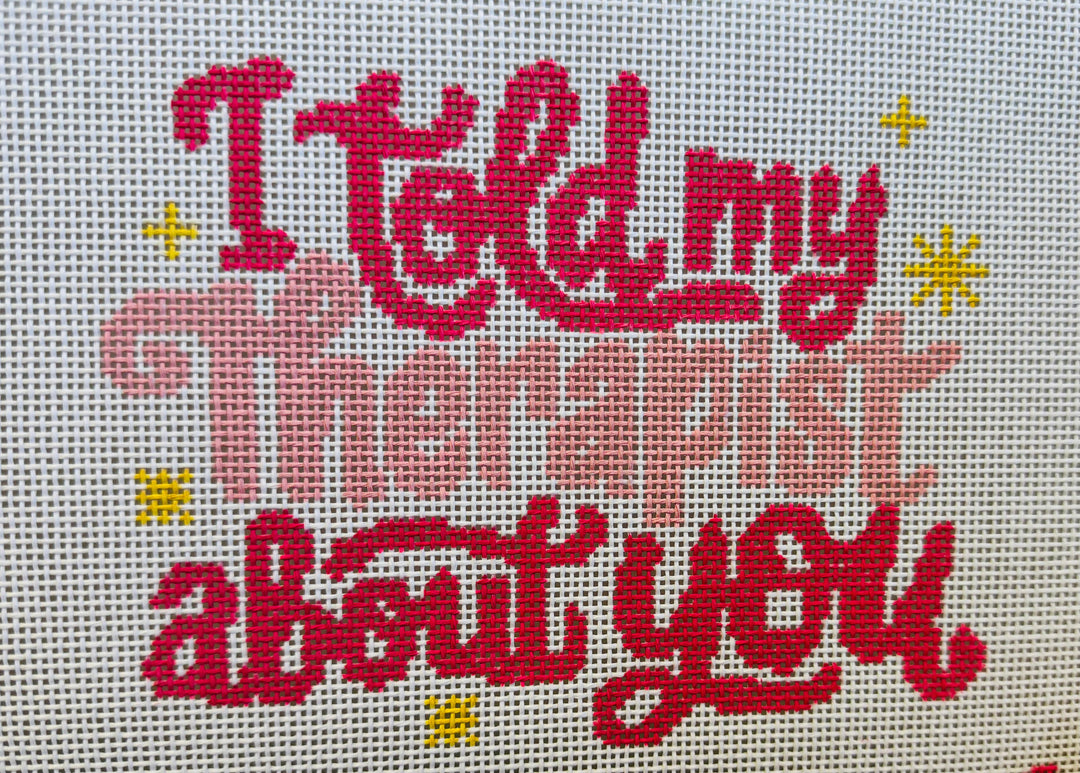
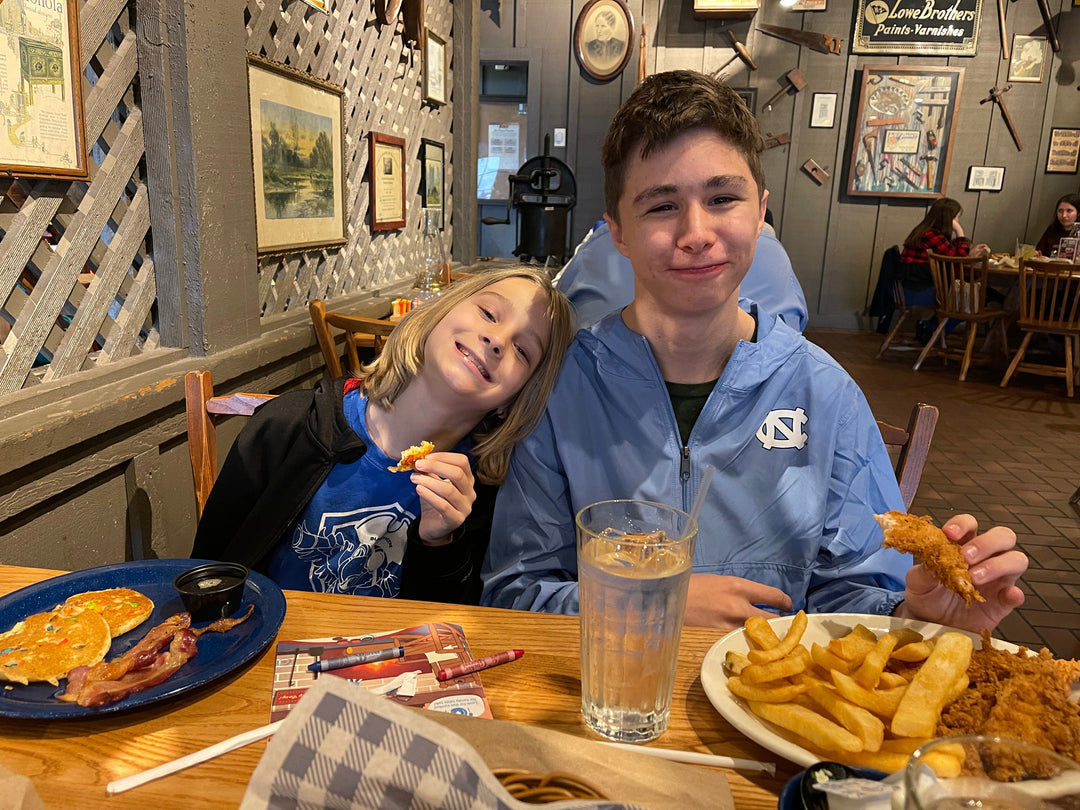
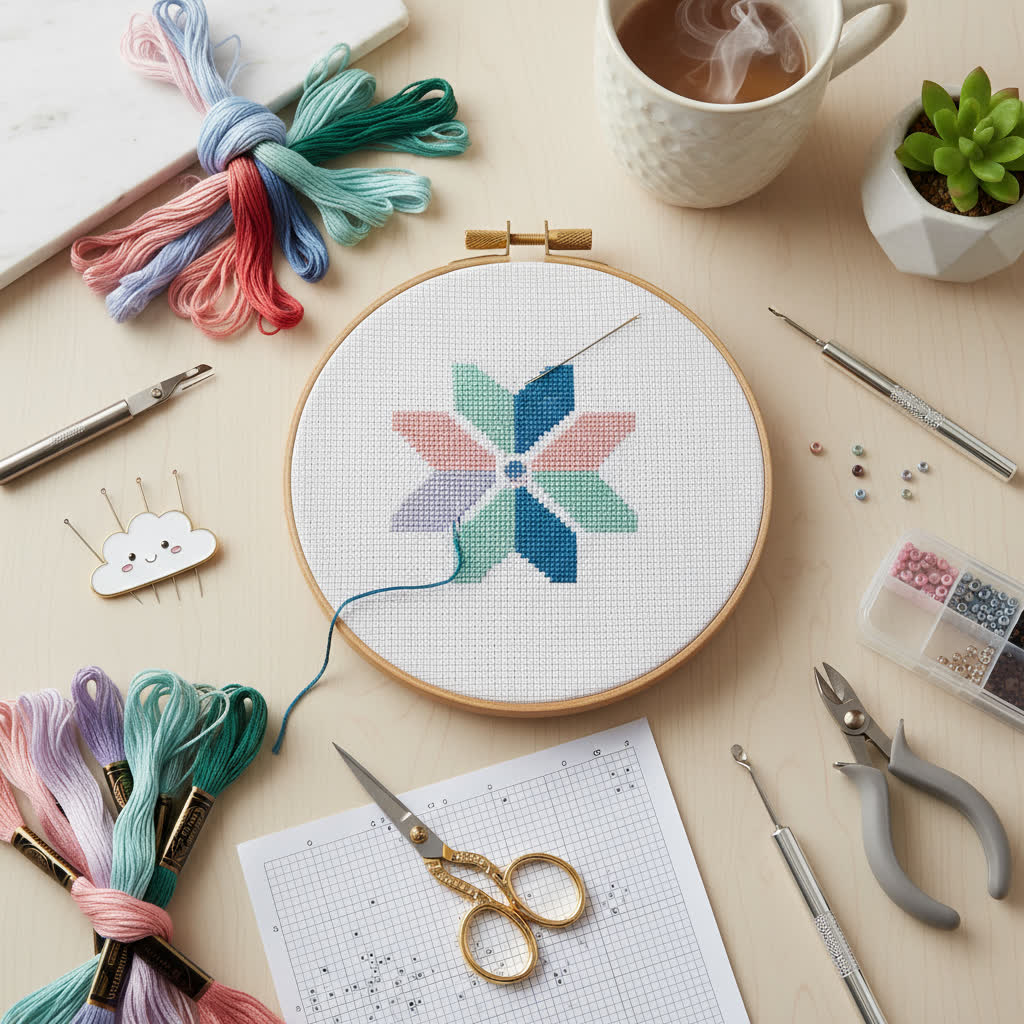
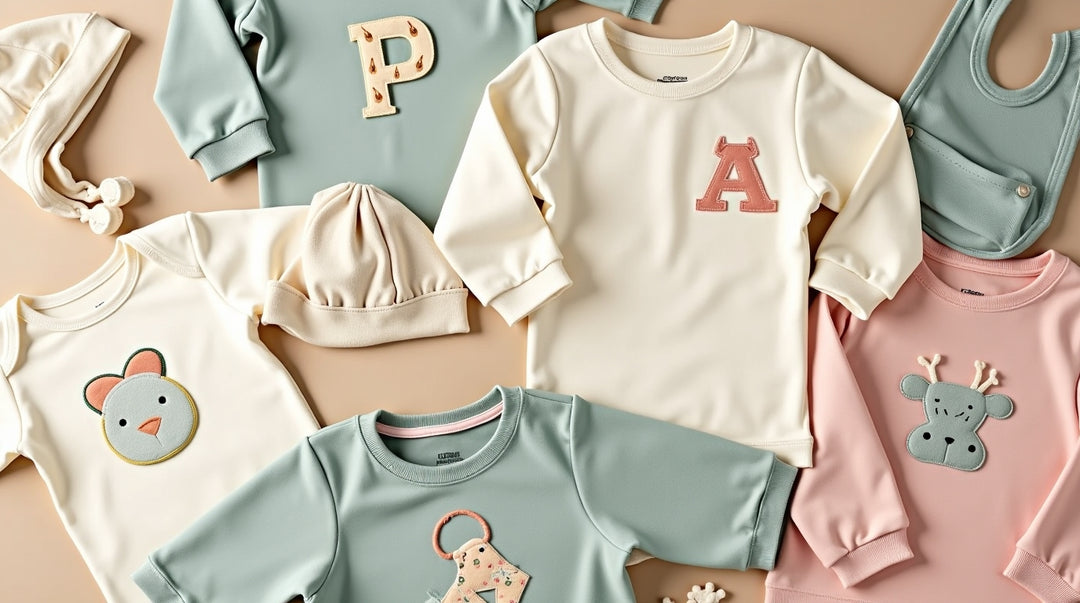
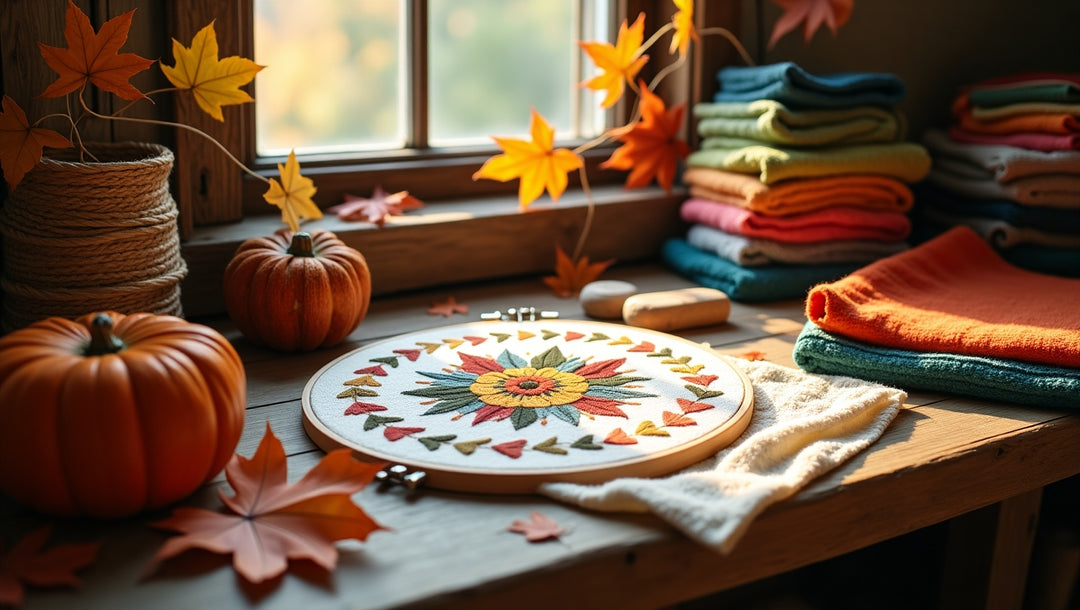
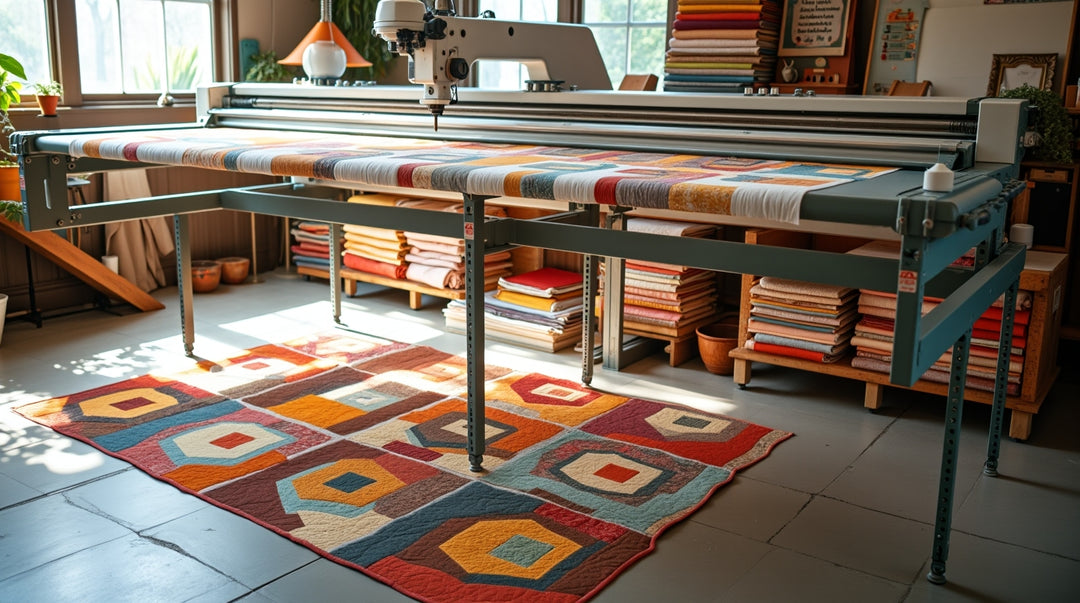
Leave a comment